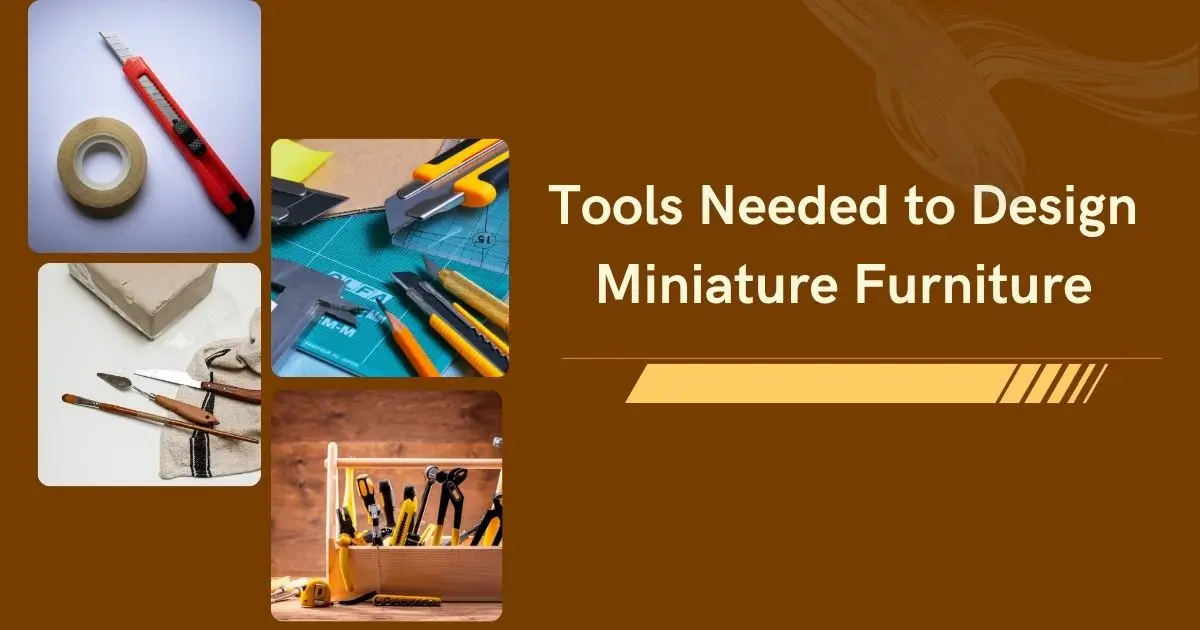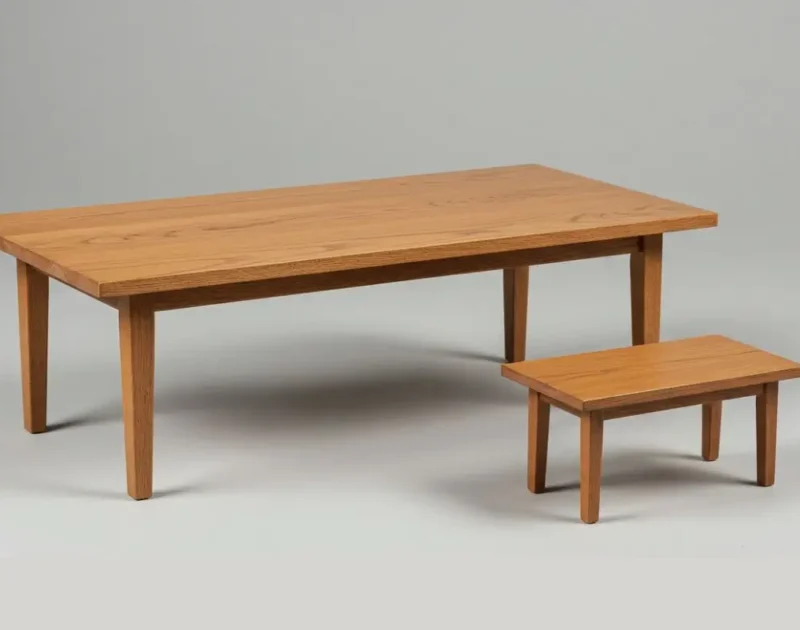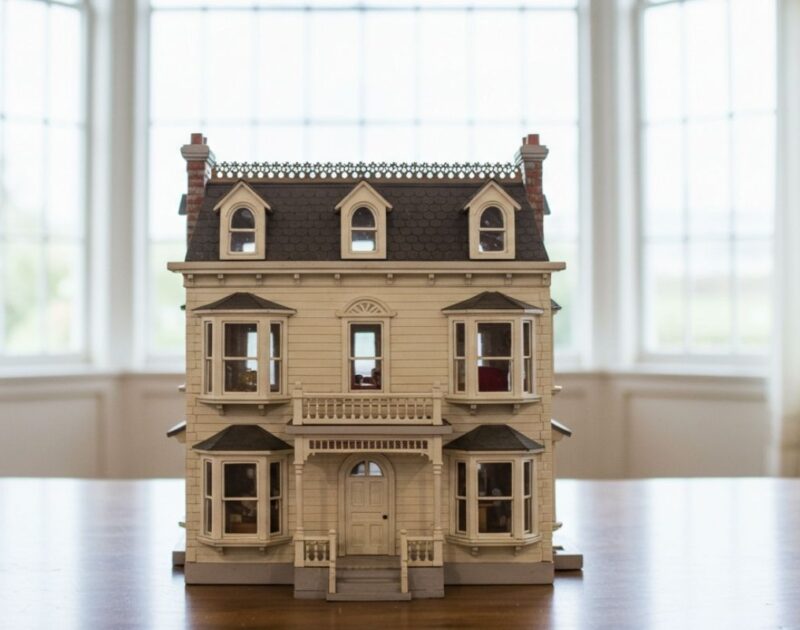Creating miniature furniture wooden masterpieces requires precision, patience, and the right set of tools. Whether you’re crafting dollhouse accessories or building detailed scale models, having quality equipment makes the difference between amateur attempts and professional-looking results. This comprehensive guide explores the seven essential tools every miniature furniture maker needs to transform raw materials into stunning scaled-down creations.
The Foundation of Miniature Craftsmanship
Working with miniature furniture wooden projects demands exceptional attention to detail. Unlike full-sized furniture making, miniature work operates on a scale where millimeters matter, and even the smallest imperfection becomes magnified. Professional miniature makers understand that investing in proper tools isn’t just recommended—it’s essential for achieving the level of precision required in this specialized craft.
Mini Table Saw: The Heart of Precision Cutting
A mini table saw serves as the cornerstone tool for any serious miniature furniture wooden workshop. This compact powerhouse delivers the accuracy needed for clean, straight cuts that would be nearly impossible to achieve by hand. When selecting a mini table saw, look for models with adjustable fences and fine-tuned blade height controls.
The benefits extend beyond simple cutting. A quality mini table saw enables consistent repeatability, allowing you to create multiple identical pieces for sets or matching components. The clean cuts reduce the need for extensive sanding later, saving both time and preserving the crisp edges that give miniature furniture its realistic appearance.
Hand File: Shaping and Refining Details
While power tools handle the bulk removal, hand files provide the finesse required for miniature furniture wooden detailing. Different file shapes serve various purposes: flat files smooth surfaces, round files create curved details, and needle files reach into tight spaces for intricate work.
The controlled material removal that files offer proves invaluable when creating decorative elements like furniture legs, carved details, or fitting joints. Unlike sandpaper, files cut in one direction, providing better control over material removal and creating more precise shapes.
Ruler: Measuring Accuracy in Miniature Scale
Accurate measurement forms the foundation of successful miniature furniture wooden construction. A high-quality ruler with clear markings in both metric and imperial units becomes indispensable when working at reduced scales. Look for rulers with etched rather than printed markings, as these remain legible even after extensive use.
Metal rulers provide durability and can double as cutting guides when used with craft knives. The straight edge ensures clean lines while the measurement markings help maintain proper proportions throughout your project.
Sandpaper: Achieving Smooth Finishes
Miniature furniture wooden pieces require flawless finishes to maintain their realistic appearance. A variety of sandpaper grits, from coarse to ultra-fine, allows you to progress through different finishing stages. Start with medium grits to remove tool marks, then progress through finer grits for smooth surfaces ready for staining or painting.
Sanding blocks help maintain flat surfaces, while small pieces of sandpaper wrapped around dowels or pencils reach curved areas. The key lies in patience—rushing the sanding process often results in scratches that become highly visible on finished pieces.
Digital Measuring Tools: Modern Precision
Digital calipers and measuring devices bring modern precision to miniature furniture wooden construction. These tools measure thickness, depth, and internal dimensions with accuracy often exceeding traditional rulers. The digital readout eliminates guesswork and ensures consistency across multiple pieces.
When creating furniture sets or pieces that must fit together perfectly, digital measuring tools provide the precision necessary for professional results. They’re particularly valuable when scaling down existing furniture designs or working from architectural plans.
Adhesive: The Invisible Foundation
Quality adhesives serve as the invisible foundation holding miniature furniture wooden pieces together. Different projects require different adhesive types: wood glue for permanent joints, cyanoacrylate for quick bonds, and specialized miniature adhesives for delicate work.
Understanding adhesive working times, strength characteristics, and cleanup requirements ensures strong, invisible joints that won’t detract from the finished piece’s appearance.
Scalpel: Precision Cutting for Detailed Work
A sharp scalpel provides unmatched precision for detailed cutting work in miniature furniture wooden projects. From creating decorative inlays to trimming delicate parts, scalpels offer control that larger cutting tools cannot match.
Replaceable blades ensure consistently sharp cutting edges, while the fine point allows for intricate work that would be impossible with conventional knives.
Building Your Miniature Workshop
Success in creating miniature furniture wooden pieces depends heavily on having the right tools and understanding how to use them effectively. Each tool serves a specific purpose in the creation process, from initial cutting through final finishing. Investing in quality equipment pays dividends in both the enjoyment of the crafting process and the professional appearance of finished pieces.
Starting with these essential tools provides the foundation for exploring the rewarding world of miniature furniture making, where attention to detail and precision craftsmanship create lasting miniature masterpieces.




